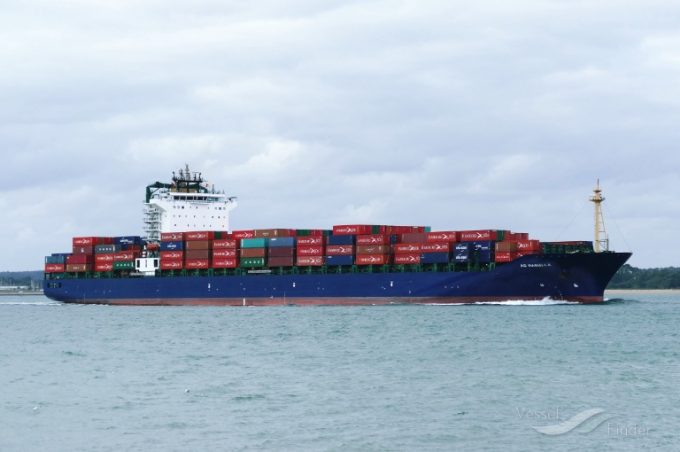Yang Ming launches fleet expansion plan after profits soar
Taiwan’s Yang Ming is bullish about long-haul ocean freight rates as it embarks on fleet ...

As well as taking longer, voyages around the Cape of Good Hope mean burning more fuel and emitting more carbon, but cargo research specialist MSI believes carriers are enjoying “disproportionate revenue increases”.
The Loadstar’s Mike Wackett has reported on the enormous recent ...

Comment on this article